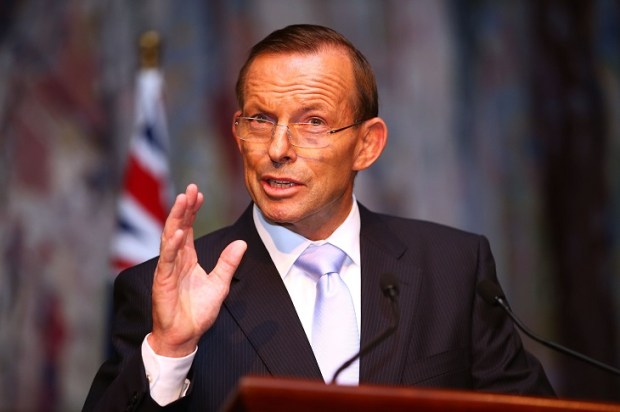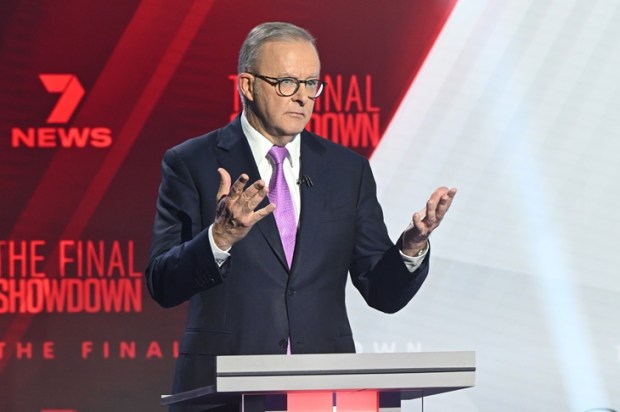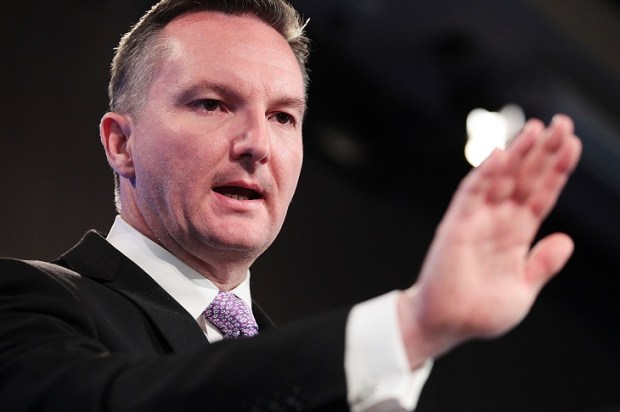The world’s leading funds manager, BlackRock, has argued the collapse of the Silicon Valley Bank (SVB) may start a ‘slow rolling crisis’. This may be so but, at this point, bank share prices have stabilised (Chinese banks have even seen their share prices increase).
SVB was only sixteenth in terms of size within the United States. Yet it, and the smaller Signature Bank, were bailed out by the Biden Administration, ostensibly on the basis that their failure would cause contagion across the system. Perhaps, as many have conjectured, other factors, including SVB’s important role as a lender and bag-holder to the speculative tech industry, may have helped its path to salvation.
Unlike most money lenders, SVB, actually implemented its tokenistic virtue signalling with unconventional lending practices to ‘minorities’ with inadequate resources. Costly though this was, it did not trigger the bank’s failure, which was due to a misalignment of its investment and outlay flows.
Most of SVB’s deposits were not insured because the accounts exceeded $250,000. Below that, federal insurance cuts in, as does tighter oversight and a reduced opportunity to earn high returns from lending in ways that the regulatory authorities would deem imprudent. Circumventing those regulatory constraints allowed SVB (and perhaps its depositors) to take advantage of higher returns available on longer dated bonds.
But although these bonds are highly liquid, with rising interest rates their value is reduced and losses from forced selling can eliminate a bank’s value. Recognising this, high-value account holders withdrew funds and SVB collapsed – or would have done so were it not for the federal bail-out.
With inflation evident across the world, all central banks have been raising interest rates in an attempt to reduce the vast increase in money supply brought about by their policies. All financial institutions have to respond. Even for well-managed banks unwinding lending positions can be difficult. Hence a fragility having been revealed in one institution leaves nervous investors across the world looking to see whether their own money is securely parked.
And so SVB was followed by the collapse of the globally tentacled Credit Suisse, which had to be rescued by the Swiss government at a cost that amounts to 6 per cent of that nation’s GDP.
Even if this marks the end of the crisis (a bold call) decisions by the US and Swiss governments will leave a lasting effect in banking practices. This may also affect Australian banks, notwithstanding that they are already among the highest regulated in the world. As a result of regulatory oversight, over several decades, Australian banks have converted themselves into house mortgage lenders. Such mortgages account for over 70 per cent of Westpac’s loan portfolio and the bank’s annual report devotes 13 pages to explaining its approach to risk (that’s even more than the 10 pages it assigns to explaining its approach to countering the myth of human-induced climate change).
But the ostensibly risk-free nature of the money tied up in Australian banks is not without an economic downside. It means funds are diverted into housing – and this, alongside regulatory restraint of land development, has contributed to a house price inflation that has left Australian in the unenviable position of leading the world in housing costs.
Savings diverted into housing also means less money available for productive investment. It is notable, in this respect, that contrary to the present-day Australian regularity approach to finance, Japan’s very rapid industrial growth 1950-80 was financed by small savings canalised through the post office savings bank, which was restricted in its ability to lend for housing. Savings and their use in investment, especially private investment, are the key to higher living standards and the increased productivity levels that have eluded Australia over the past dozen years.
In this respect, the Business Council of Australia has recently noted – or, perhaps more accurately, realised – that investment in Australia is falling. Its CEO, Jennifer Westacott, maintains ‘Australia is in the grip of an investment drought’ with the level of business investment at its lowest in 12 years. This adds to a penalty that regulatory structures have imposed on investing in the most productive outlets that comprise Australia’s fabulous fossil fuel energy wealth. Added to this is the penalty imposed on converting coal and oil into low-cost electricity due to regulatory-induced funding to unproductive wind and solar supplies.
Whether or not a global banking crisis is averted, it seems that one outcome of the recent disturbances is that governments will guarantee, if not fully, rather more comprehensively, the deposits of savers. The corollary of this is that they will take firmer regulatory control over the lending activities of banks and perhaps other financial intermediaries. This will likely reduce risk of losses (though the second-tier regulatory oversight of SVB did not do so). But it will also reduce the capital available for the sort of entrepreneurial loans that generate the income levels we all enjoy.
The additional slug to investment this will entail is likely to exacerbate the productivity slowdown seen in Australia and elsewhere. This adds to the imperatives of unlocking productivity gains suppressed by excessive government spending and regulations – in industrial relations as well as energy and environmental areas. But it seems no Australian government has the capability to recognise and act upon this

























